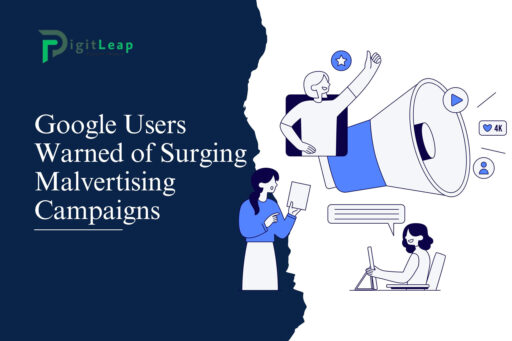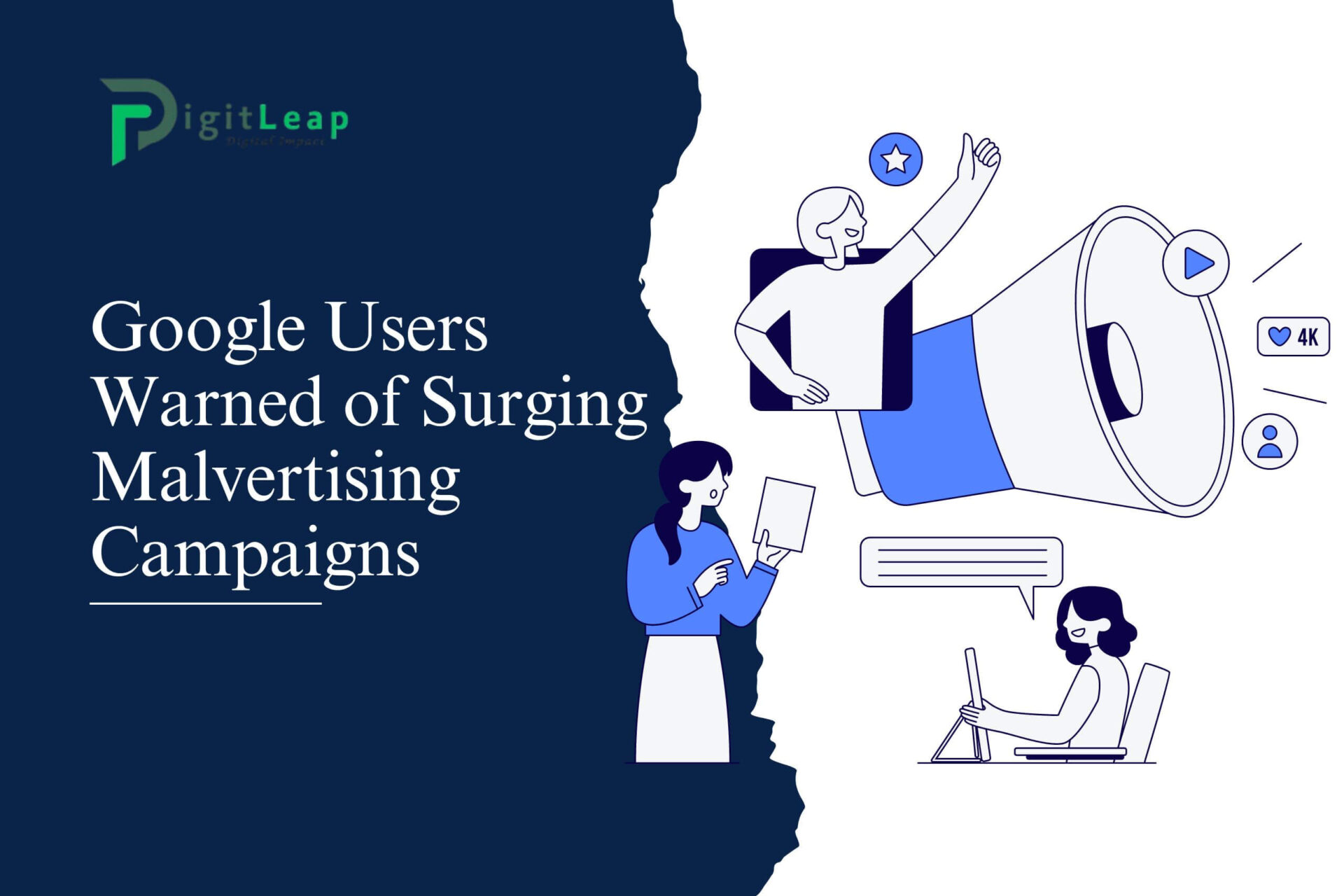Google Users Warned of Surging Malvertising Campaigns
In recent months, Google users have been alerted to a significant rise in malvertising campaigns. Malvertising, short for malicious advertising, refers to deceptive online ads that can lead to harmful consequences for users, including malware infections, phishing attempts, and data theft. These campaigns disguise themselves as legitimate ads but, once clicked, direct users to dangerous websites or download malicious software onto their devices. With the increasing sophistication of these attacks, both individuals and businesses are at greater risk than ever before.
In this article, we’ll explore what malvertising is, how it works, and what steps you can take to protect yourself from falling victim to these deceptive campaigns.
What Is Malvertising?
Malvertising is a type of online threat where cybercriminals use online ads to spread malware or redirect users to malicious websites. Unlike traditional phishing scams or pop-up ads, malvertising often appears on legitimate websites or ad networks, making it harder for users to spot. Hackers exploit these platforms by injecting harmful code into the ads, which then target unsuspecting users browsing the web.
Malvertising can take various forms, including:
- Malware download ads: Ads that automatically download malware onto your device when clicked.
- Redirect ads: Ads that take you to phishing or scam websites designed to steal your personal information.
- Hidden malware: Some malvertisements don’t even require a click—merely viewing the ad can trigger a malware infection.
Because these malicious ads often appear on trusted sites, users may not immediately suspect anything is wrong, making them even more dangerous.
Why Are Malvertising Campaigns Increasing?
There are a few reasons why malvertising campaigns are surging:
- Increased Digital Ad Spending: As businesses continue to invest more in online advertising, there are more opportunities for malicious actors to infiltrate ad networks. Cybercriminals often exploit vulnerabilities in ad platforms to place harmful ads on well-known websites.
- More Sophisticated Attacks: Hackers are constantly evolving their techniques. Malvertising is becoming harder to detect because attackers are finding new ways to disguise their malicious code within legitimate-looking ads, making it easier to deceive both ad networks and users.
- Targeting a Wide Audience: By leveraging trusted websites with large audiences, malvertising campaigns can spread their reach quickly. Since most people interact with online ads on a daily basis, even a small percentage of successful clicks can lead to significant harm.
How Does Malvertising Work?
The way malvertising works is deceptively simple. A cybercriminal will purchase ad space through a legitimate ad network, but instead of promoting a real product or service, the ad contains hidden malicious code. When users see or interact with the ad, they may unknowingly trigger the malware or be redirected to a dangerous website.
Here’s how it typically unfolds:
- Ad Placement: Cybercriminals buy ad space on legitimate websites through ad networks.
- Injection of Malicious Code: The malicious code is embedded in the ad. This code could be programmed to auto-download malware, redirect users to phishing sites, or collect sensitive information.
- User Interaction: When users click the ad or, in some cases, even just view it, the malware is activated. The user is then either redirected to a harmful site or unknowingly downloads malicious software.
- Outcome: The consequences can range from infected devices, compromised data, stolen personal information, or even ransomware attacks demanding payment.
How to Protect Yourself from Malvertising
Given the stealthy nature of malvertising, it’s important to take proactive steps to protect yourself online. Here are some strategies to help reduce the risk of becoming a victim:
1. Use an Ad Blocker
One of the most effective ways to protect yourself from malvertising is by using a reliable ad blocker. Ad blockers prevent most ads from loading, including potentially harmful ones. While they won’t block all malvertising attacks, they provide an additional layer of defense by limiting your exposure to online ads.
2. Keep Your Software Updated
Cybercriminals often exploit outdated software to spread malware. By ensuring your operating system, browser, and antivirus software are up to date, you reduce the risk of falling victim to malvertising. Many software updates include security patches that fix vulnerabilities hackers might otherwise exploit.
3. Use Strong Antivirus Software
A good antivirus program can detect and remove malware before it does any damage. Make sure you have antivirus software installed on your devices and that it’s set to automatically scan for malware on a regular basis. Some antivirus programs also include specific protections against malvertising.
4. Be Cautious of Clicking on Ads
While it’s common to click on ads, especially on trusted websites, it’s important to be cautious. If an ad seems suspicious, looks too good to be true, or asks for personal information immediately, it’s better to avoid interacting with it. Instead, visit the website directly if you’re interested in the product or service.
5. Enable Browser Security Settings
Many modern browsers come with built-in security features designed to protect users from harmful content. Enable your browser’s security settings to block malicious websites, warn you of suspicious downloads, and prevent unsafe script execution.
6. Educate Yourself and Your Employees
If you run a business, it’s important to educate your team about the risks of malvertising. Cyber awareness training can help your employees recognize suspicious ads, avoid clicking on potentially harmful links, and report issues before they lead to major security breaches.
7. Regular Backups
In case malware from a malvertising attack manages to infect your system, having regular backups of your data can save you from disaster. If a ransomware attack locks you out of your files, having a recent backup will allow you to restore your data without paying a ransom.
Conclusion
As malvertising campaigns continue to rise, it’s more important than ever to stay vigilant when browsing the web. These sophisticated attacks can cause serious harm by infecting devices, stealing personal data, and compromising sensitive information. By using tools like ad blockers, keeping your software updated, and following safe browsing practices, you can protect yourself from these malicious ads.
At DigitLeap, we believe that cybersecurity is critical for both individuals and businesses. Staying informed and adopting protective measures can make all the difference in navigating today’s digital landscape safely. Let us help you build smarter, safer digital strategies to stay one step ahead of cyber threats.






